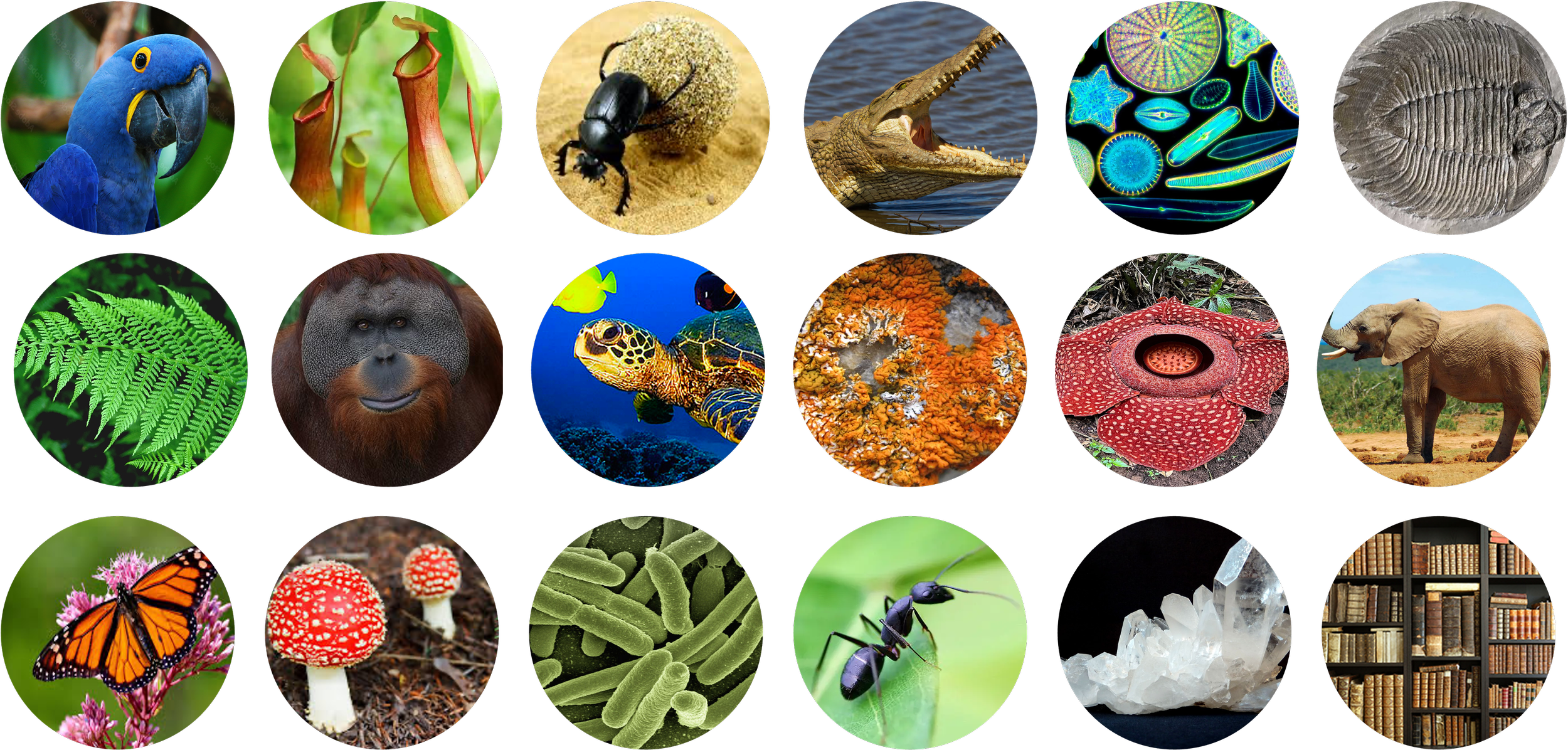Botany Collections
During four centuries the collections have primarily been a source of reference specimens for described species and continue to be so. However, modern scientific methods allow us to discover much more. For example, the extraction and analysis of DNA from collections enhance the precision of species descriptions and help scientists to map biodiversity by providing genetic references. Historical specimens can tell us a lot about how species compositions, landscapes and environments have varied over time which help us track changes caused by human impact and climate change.
Future significance
The roots of the collection stretch back to the time of Carl Linnaeus and his disciples and the birth of taxonomic classification as we know it today. The museum in the modern sense was formed when one of the disciples, Carl Peter Thunberg, was appointed professor and transferred his collections to the university in 1785. His extensive collections from South Africa, Sri Lanka, Java and Japan are, together with the 17th-century collection Joachim Burser Hortus Siccus. Erik Acharius and Elias Fries both left behind large collections that are considered the starting point for Lichenology and Mycology respectively. These are some of our most valuable scientific collections and are still an important source of knowledge for today's researchers.
Historical significance
The botanical collections contain one of the world's most important lichen collections! Vascular plants are the largest organism group in terms of number, but the herbarium also has large collections of fungi, mosses and algae. In total, the collections contain approximately 3.2 million items (1,920,000 vascular plants, 250,000 mosses, 80,000 algae, 360,000 fungi and 510,000 lichens).
Collections




